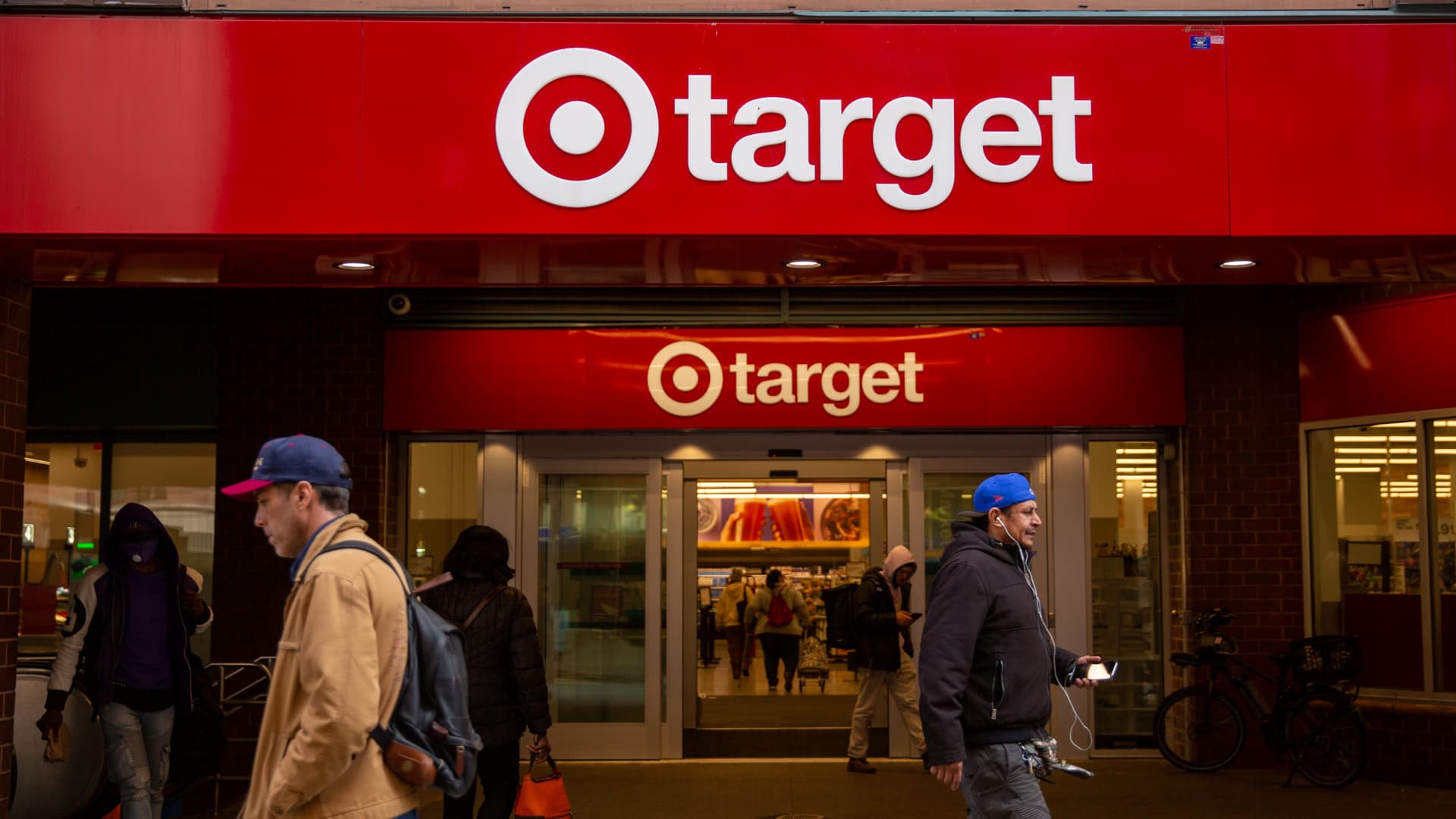A pedestrian holds an umbrella as he walks along a street in the rain in Times Square, New York, on September 26, 2023.
Ed Jones | AFP | fake images
The state of the US economy may be a major concern for Americans, but 2023 ended up being a pretty good year for the macroeconomic environment.
Spending remained high, markets posted big gains, and the Federal Reserve’s battle against inflation showed signs of cooling, not freezing. Then there is the resilience of the labor market, which almost defies logic.
The U.S. labor market finished the year strong, creating more than 200,000 jobs in December, according to figures released Friday by the U.S. Bureau of Labor Statistics. While previous job creation estimates for October and November were revised downward by a combined total of 75,000, the unemployment rate remained at a low 3.7%, and December marked the 36th consecutive month of job creation for the American economy.
In total, the United States created almost 2.7 million jobs in 2023, when adjusted seasonally. That figure came despite concerns that the Federal Reserve’s ongoing fight against inflation through interest rate increases could cool the labor market and curb consumer spending.
However, none of those concerns came true. In fact, consumer spending remained strong throughout the year, and advanced monthly retail sales remained above the $600 million mark for most of 2023, showing that despite many economic obstacles, American consumers could not be deterred.
Here are nine other charts showing how the economy closed out 2023.
Inflation, wages and spending
While inflation remains a priority for American consumers, the inflation rate cooled significantly in 2023. Meanwhile, wages increased throughout the year and eventually outpaced price increases.
American consumers were in the mood to spend, particularly on experiences: 2023 was officially the year travel rebounded, and the Thanksgiving holiday period broke records in the United States. Nearly 150 million passengers were screened by the Transportation Security Administration at all U.S. airports in November and December.
Americans also spent on entertainment. With big hits like “Barbie,” “Oppenheimer” and Taylor Swift’s concert film The Eras Tour, the U.S. box office rebounded sharply last year from its Covid-19 pandemic lows.
Markets
Even assets like cryptocurrencies saw a rebound in 2023 after hitting a low in November of the previous year. Bitcoin prices ended the year almost three times their previous low.
Interest Rates and Housing
After its historic rate hikes in 2022, the Federal Reserve moderated its war on inflation and only raised rates in four of its eight meetings in 2023. While the central bank’s target range for interest rates is the highest Since 2006, recent comments from Chairman Jerome Powell have Fed watchers optimistic about the possibility of rate cuts in 2024.
However, there were some problem areas for consumers. Mortgage rates remain high. The average 30-year fixed rate in October was nearly triple what it was at the end of 2020, although rates dropped significantly at the end of the year, and existing home sales remain weak, according to data from the National Association of Agents Real estate. Until more housing inventory comes online, those problems are likely to persist into 2024.
Don’t miss these CNBC PRO stories:









